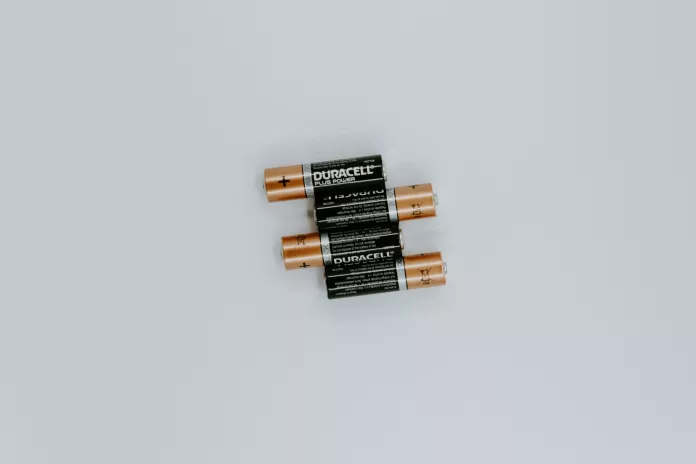Exciting advancements are on the horizon for electric vehicle enthusiasts, as SK On is gearing up to unveil two innovative LFP batteries designed to alleviate common concerns among EV users. Drawing on insights from Bloomberg, the Winter Pro batteries from the South Korean manufacturer promise a significant leap forward, boasting a 16% increase in charging capacity and a 19% rise in energy density even at frigid temperatures of -20º C (-4º F). Furthermore, SK On’s cutting-edge SF+ batteries are reported to achieve an impressive 80% charge in just 15 minutes, outperforming their standard SF counterparts by a full 3 minutes.
Unlocking the Potential of Manganese for Better Batteries
While progress in battery technology brings us closer to more efficient electric vehicles, researchers in China are poised to take a revolutionary step forward with the development of manganese-based batteries. These batteries stand out for their superior energy density and lower production costs, thanks to the abundance of manganese in the Earth’s crust.
Although manganese has long been explored for battery use, it historically fell short in performance. However, the latest breakthrough involves a game-changing halogen infused non-aqueous electrolyte, which includes chlorine. Published in the prestigious journal Joule on March 20, 2024, this innovation could lead to manganese metal batteries with extended life spans and enhanced energy storage capabilities, without the dreaded dendrite problems associated with aqueous electrolytes.
Chen’s Pioneering Manganese Battery Research
The research team led by Wei Chen from the University of Science and Technology of China has developed a halogen-mediated non-aqueous electrolyte that notably prevents dendrite formation on the anode, making it “perfectly compatible” with manganese. This results in an exceptionally stable manganese battery that can cycle for over 1,000 hours with more than 90% dissolution/deposition efficiency.
Highlighting the advantageous properties of manganese, the researchers underscore its availability at high concentrations (1000 ppm) in the Earth’s crust and its inherent stability in air, which simplifies handling and reduces costs. They emphasize how manganese’s two-electron transfer property combines with its density to offer unmatched theoretical volumetric capacity.
The cornerstone of their discovery is a unique halogen-bridged cluster structure that mitigates overpotential issues during manganese deposition and eradicates side reactions that could compromise the battery’s stability and performance. This breakthrough offers not only implications for the battery industry but may also inspire more energy-efficient practices in metal electroplating.
Implications of Manganese Battery Advancements
The implications of this groundbreaking study suggest the emergence of batteries that outperform current lithium-ion options in terms of energy density while drastically reducing production costs. As lithium prices currently stand at $1,250 per ton compared to the mere $5.00 per ton cost of manganese ore, the potential for cost-effective energy storage is clear and compelling.
Despite the optimism, this battery technology remains confined to the laboratory setting. The journey from lab to commercial application is complex and uncertain, and it may take years, as evidenced by companies like QuantumScape and StoreDot. However, by 2030, the vision of driving affordable electric cars powered by manganese batteries could become a reality, barring any major global disruptions.


























